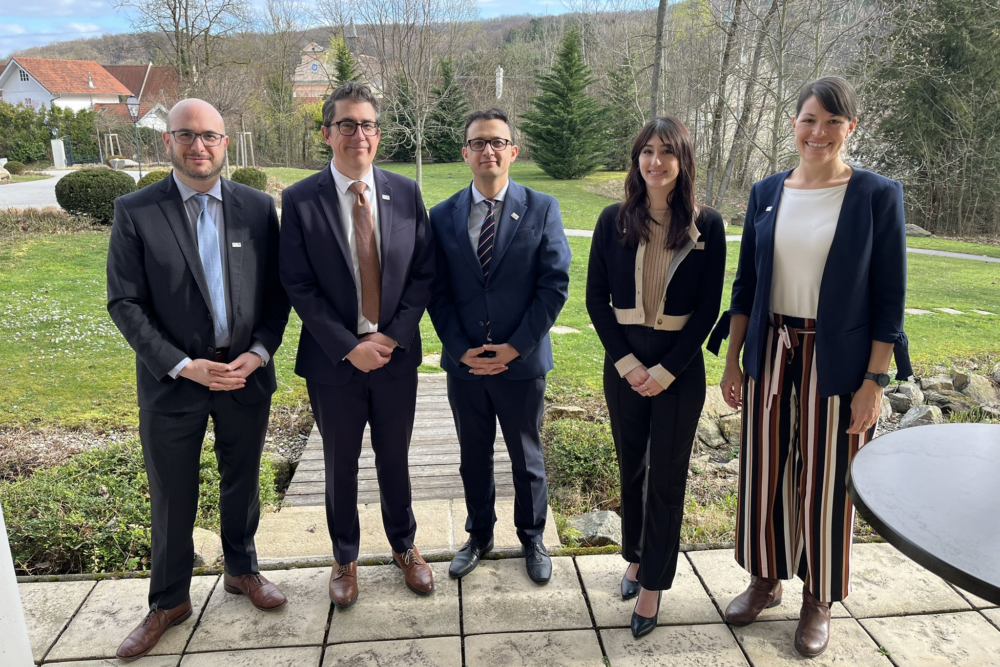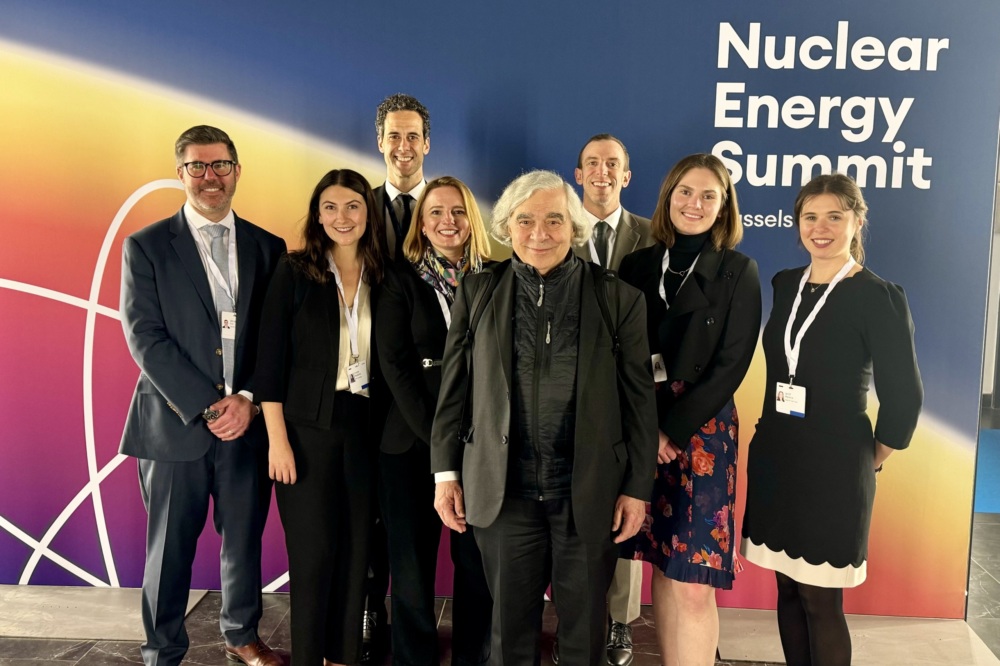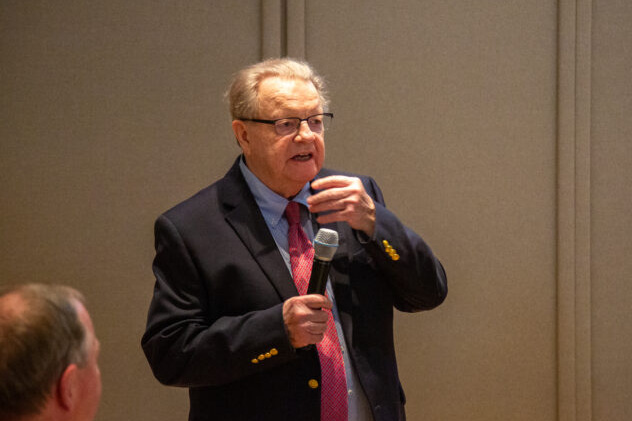
Sam Nunn
Co-Founder and Co-Chair, NTI
NTI Co-Chair Sam Nunn and Vice President Laura S.H. Holgate call for a new paradigm to address today’s nuclear security challenges in a paper released today, Cooperative Risk Management and Reduction: A New Framework for Nuclear Materials Security.
Thirty years after the creation of the Cooperative Threat Reduction program to address the potentially catastrophic implications of the collapse of the Soviet Union, the paper proposes Cooperative Risk Management and Reduction (CRMR) as a model for nuclear security engagement centered on the principle of continuous improvement and an enhanced emphasis on the critical roles played by culture, institutions, treaties, and norms for sustaining nuclear security excellence.
“CRMR is a strategy for the present and for the future,” the paper states. “The authors believe that this approach to nuclear security will foster peaceful uses of nuclear materials while strengthening measures to prevent its misuse and the potentially catastrophic consequences, and we encourage the United States and others to adopt it now.”
Read the paper here.
Sign up for our newsletter to get the latest on nuclear and biological threats.
During the 17th meeting of the Global Dialogue, participants developed plans to ensure successful outcomes at ICONS and leverage that momentum to reinvigorate nuclear security internationally.
NTI advanced key principles from a recent report that outlines pathways for the responsible, sustainable, and effective development of new nuclear projects and industries in embarking countries.
Organization founded by NTI works to strengthen the physical protection and security of nuclear and radioactive materials and facilities worldwide.



